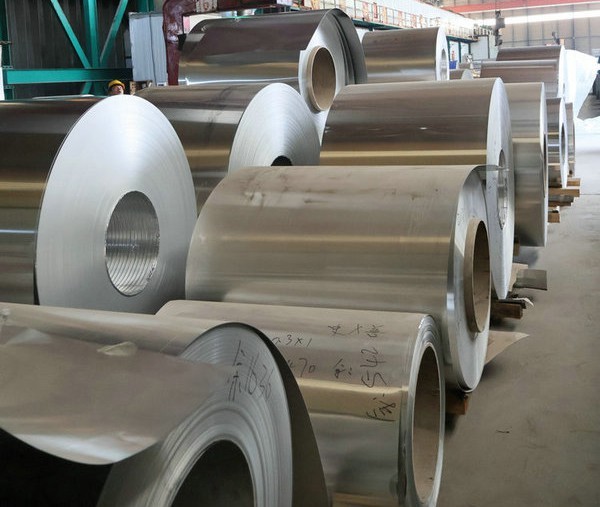The zinc layer thickness standard for galvanized steel coils varies depending on different application requirements and standard specifications. Here are some common zinc coating thickness standards for galvanized steel coils:
1. Thickness standard for zinc layer of hot-dip galvanized steel coil
Hot dip galvanizing is the process of immersing steel plates in molten zinc solution and forming a layer of zinc alloy coating on the surface of the steel plate through chemical reactions. The zinc layer thickness of hot-dip galvanized steel coils is usually thick to provide good corrosion resistance. The specific zinc layer thickness standards may vary depending on different countries or regions, as well as industry standards. The following are some common ranges of zinc coating thickness for hot-dip galvanized steel coils:
1. General use: The adhesion of zinc layer is usually between 60-300g/m ² (single-sided), which may vary in thickness due to factors such as zinc density and coating uniformity.
2. Special purpose: For occasions that require higher corrosion resistance, such as marine environments or industrial atmospheric environments, the amount of zinc layer adhesion may be higher, and the specific value needs to be determined according to actual needs.
In addition, some countries or regions may establish specific standards for the thickness of the zinc layer on hot-dip galvanized steel coils, such as China's GB/T 2518 "Continuous Hot Dip Galvanized Steel Plates and Strips". These standards usually specify in detail the zinc layer thickness requirements for galvanized steel coils with different applications and thicknesses of substrates.

2. Standard for Zinc Coating Thickness of Electroplated Galvanized Steel Coil
Electrogalvanizing is the process of depositing a layer of zinc coating on the surface of steel plates using the principle of electrolysis. Compared with hot-dip galvanizing, electroplating galvanizing has a thinner coating, but it has good processability and decorative properties. The zinc layer thickness standard for electroplated galvanized steel coils also varies depending on application requirements and industry standards. The following are some common ranges of zinc coating thickness for electroplated galvanized steel coils:
1. General use: The adhesion of zinc layer is usually between 10-50g/m ² (single-sided), and when converted to thickness, factors such as zinc density and coating uniformity need to be considered.
2. Special decorative purposes: For occasions that require higher decorative or corrosion-resistant properties, such as car body panels, thicker zinc layers or special electroplating treatments may be used.
3. Other precautions
1. Coating uniformity: In addition to the thickness of the zinc layer, coating uniformity is also an important indicator for measuring the quality of galvanized steel coils. Uneven coating may lead to localized corrosion or performance degradation.
2. Coating adhesion: The adhesion between the coating and the substrate is also one of the key performance indicators. Coatings with poor adhesion are prone to detachment during processing or use, affecting the service life and performance of the product.
3. Inspection and testing: To ensure that the quality of galvanized steel coils meets standard requirements, a series of inspections and tests are usually required, including zinc layer thickness measurement, adhesion testing, corrosion resistance testing, etc.
In summary, the zinc layer thickness standard for galvanized steel coils varies depending on different application requirements and standard specifications. When selecting galvanized steel coils, the appropriate zinc layer thickness standard should be determined based on the specific usage environment and performance requirements.
 Language
▼
Language
▼
